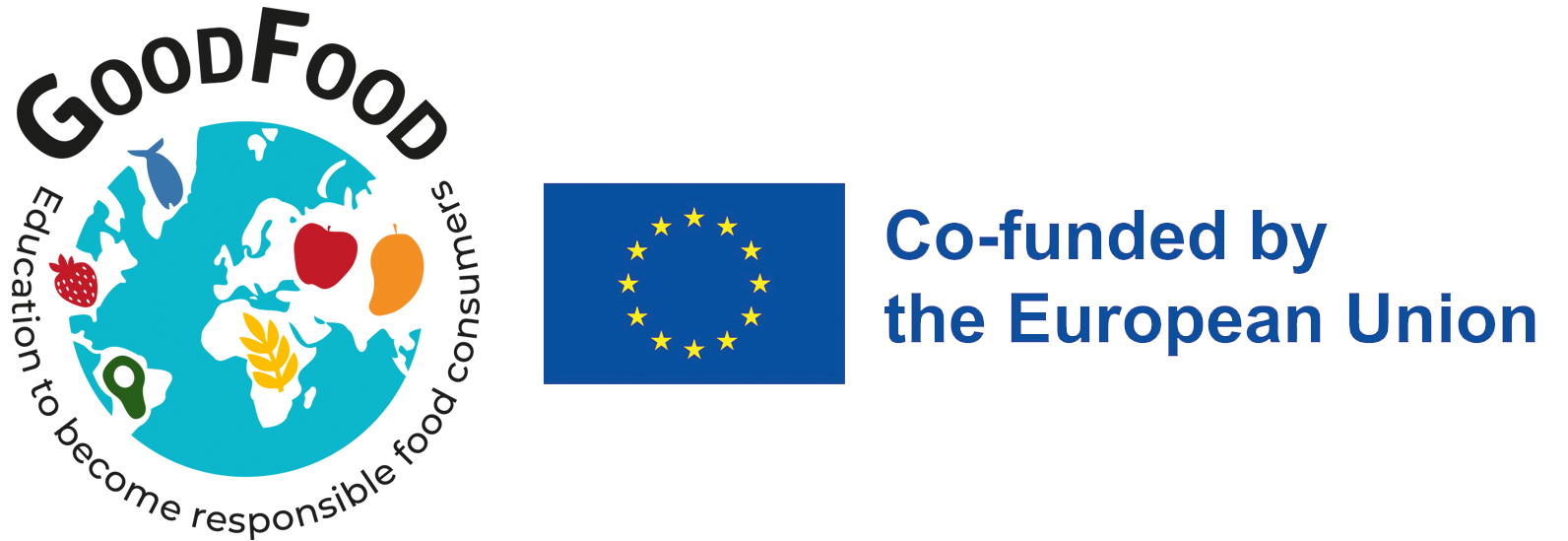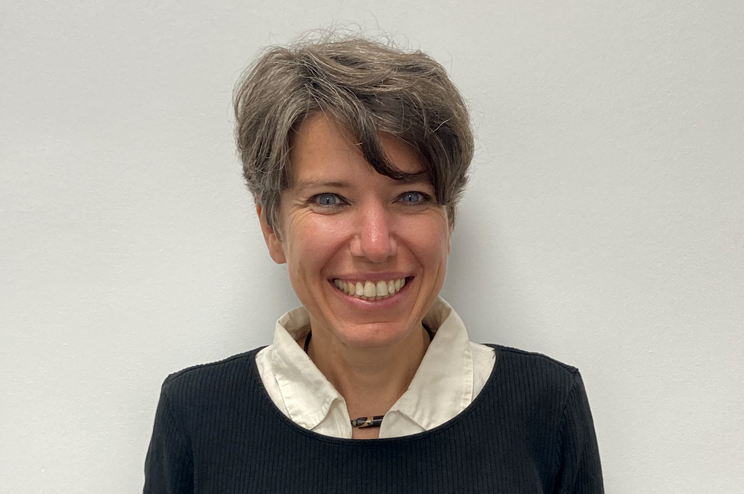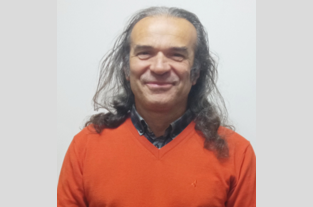The Institute of BioEconomy IBE-CNR belongs to the Department of Agro-food of the National Research Council. It was born in 2019 by the merge of the Institute or Biometeorology and the Institute of Trees and Timber Valorization. It counts over 200 among researchers, technicians, and administrative staff. IBE-CNR is characterized by a complementarity of expertise and competences in applied research on strategic sectors of bioeconomy. Most research deals with the sustainable use of natural resources in forestry and agricultural productions trough precision agriculture technologies, remote sensing but also sustainable practices aimed at increasing the soil quality and organic carbon stock, e.g., by using transformed agro-food and forest organic waste as soil amendments or studying the effects of consociations in agroforestry productions.
Such strategies aim at strengthening the resilience and the adaptation of natural and seminatural ecosystems to climate change but also the mitigation of climate change by increasing the carbon stock and the sustainability of agricultural production with a reduction of external inputs.







